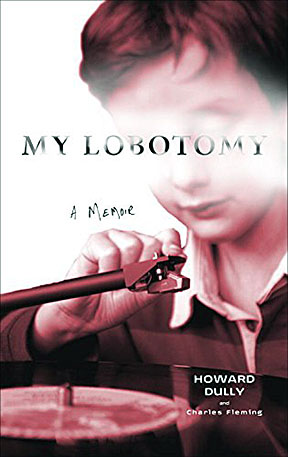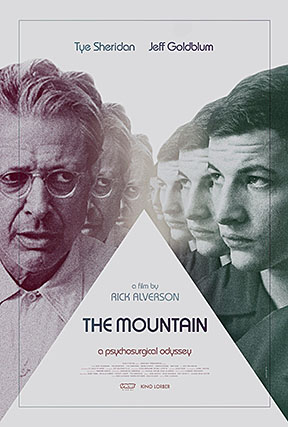Quantum Consciousness
If I search for a/the definition of quantum theory, I find reference to quantum mechanics. Quantum mechanics deals with the motion and interaction of subatomic particles, wave-particle duality, the uncertainty principle, and the correspondence principle. The correspondence principle of physics states that, for very large numbers, the laws of quantum theory merge with the laws of classical physics.
Then there is the correspondence principle of truth. This principle holds that both the truth and the falsity of any given statement is based on how it relates to the world. We may believe things to be true and so, certain ideas may be our truth, but unless those ideas are rooted in actual happenings, those ideas are belief. Most personal truths connect to perceptions shaped by some authority that went before us. Taking things on faith and trusting authority go hand in hand.
Very often the supposed truth of what we read on screen or in print does not correspond to the reality of what our eyes and other senses tell us about the situations in which we find ourselves. Problems identifying truth are nothing new. In ancient Greece, Socrates worried that his students were relying on the written word rather than learning to think for themselves. Critical thinking, the analysis of facts to form a judgement, is a skill associated with higher education. And, many written and codified models of mental health reflect standards based on written histories of successful conqueror males. Stuff flows downhill from there and universal archetypes of conqueror males damage boys and men as much as they damage women.
In the absence of other options, people go along to get along.
When I was little, I “role-played” with someone whose job required her to know both how to get the truth out of recalcitrant juvenile delinquents and protect “us” from Red China. I felt happy to help until I felt humiliated by my role. The “interrogator” had a book about MK Ultra, the Cold War Era CIA era mind control program that studied the effects of psychological and pharmacological manipulation on children in orphanages, military personnel, mental patients, prisoners, including James “Whitey” Bulger, and at least one unfortunate young college student, Harvard’s Ted Kaczynski, later to be known as the Unabomber. When I read that Harvard subjected Kaczynski to MK Ultra research, I felt sorry for him. I decided to read his manifesto to see if he addressed his MK Ultra victimization. He didn’t. Further, his vision of a better world excluded women’s perspectives and social structure, structure he acknowledged exists, but which he dismissed as a distraction from the work of real men. In that, the Unabomber seemed in lockstep with the authorities whose methods targeted young Ted Kaczynski.
Victims often feel ashamed of having been victims and react by taking on the notions of their victimizers. That is changing.
“Know My Name,” by Chanel Miller is a powerful memoir of one woman’s experience waking up to find her body had been penetrated when she was unconscious.
 “My Lobotomy,” is a 2007 memoir written by Howard Dully who, at age 12 in 1960, had his brain penetrated in an ice pick lobotomy pretty much because Howard’s father’s new wife didn’t like Howard.
“My Lobotomy,” is a 2007 memoir written by Howard Dully who, at age 12 in 1960, had his brain penetrated in an ice pick lobotomy pretty much because Howard’s father’s new wife didn’t like Howard.
Last July, I drove to Ithaca to see Jeff Goldblum’s 2018 film “The Mountain,” a surreal and highly artistic rendering based on the life and times of the travelling lobotomist Dr. Walter Jackson Freeman II. In the course of his extensive career, Freeman lobotomized young Howard Dully, left Rosemary Kennedy severely damaged, and, on camera performing his craft at Iowa’s Cherokee Medical Center, killed a patient when he plunged an ice pick too deeply into his victim’s brain. Spoiler alerts (2): late in the film, Jeff Goldblum’s fictional lobotomist, Dr. Wallace Fiennes, similarly kills a patient. Earlier in the film, Fiennes tells the photographer he’s hiring to film his work that lobotomy returns patients to their families in a more “innocuous state.”
Would the real Freeman have used the term “innocuous state” when selling Joseph Kennedy Sr. on his treatment plan for the iatrogenically injured Rosemary? Who knows?
“The Mountain” has a local connection. In one scene, Goldblum portrays fictional lobotomist Fiennes standing on University Place looking up at Syracuse University’s Hall of Languages. Was filmmaker Goldblum suggesting through art and in code that real Dr. Freeman performed lobotomies in Syracuse?

Art sometimes hints at fact.
Art speaks its own language.
In 1949, Portuguese neurologist Egaz Moniz received the Nobel Prize for performing the first lobotomy. In 2015, families of lobotomy patients banded together to urge the Nobel committee to rescind Moniz’s award. Good.
Individual and shared group consciousness operates on principles of quantum mechanics and correspondence. Our conscious beliefs about ourselves can contain recirculated truth, untruth, metaphor or fiction based on fact. If, as Einstein suggested, energy is neither created nor destroyed, it might be best going forward for individuals and families to look at everything that has happened to them within the systems which guided them.
Physicists believe the expanding universe is comprised of 85% undiscovered or “dark” matter. I prefer the term undiscovered, or better yet, the term imperceptible.
Perceptions can change for the better.











